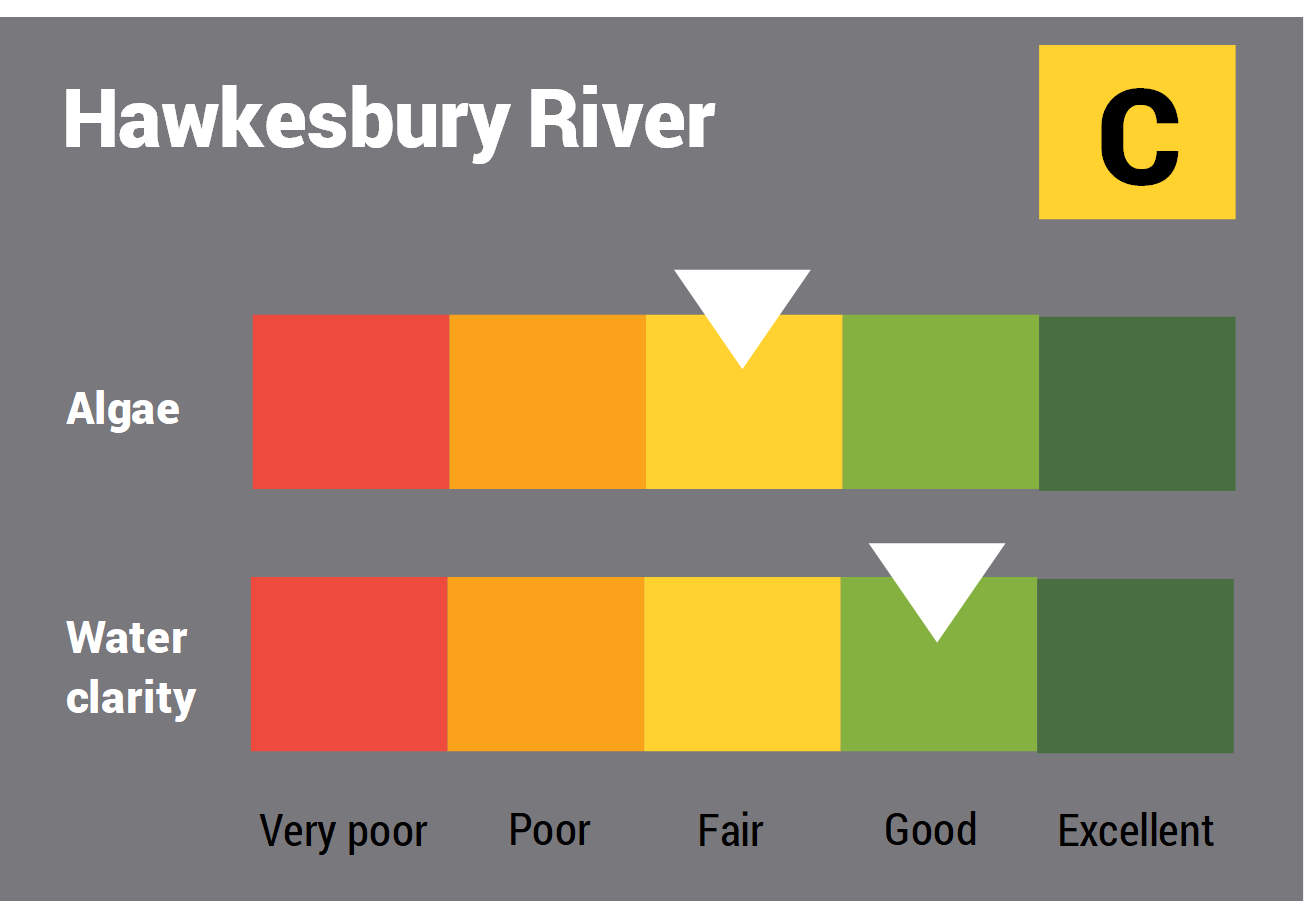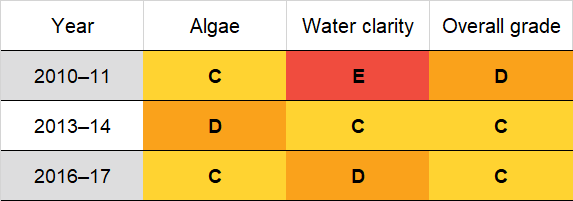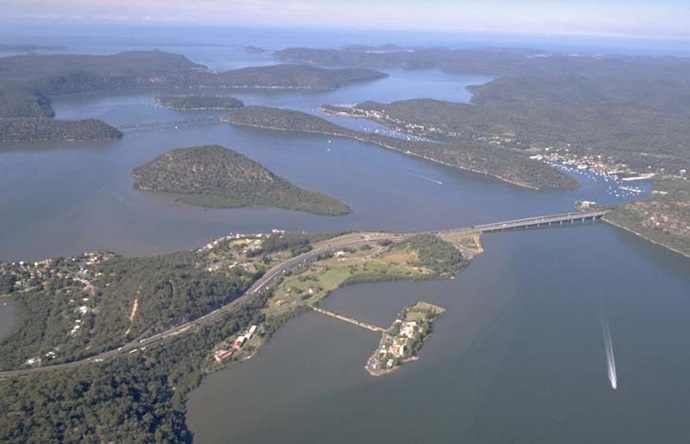The Hawkesbury River estuary marks the northern boundary of the Greater Sydney Metropolitan region and the southern boundary of the Central Coast region of New South Wales. The estuary is a large drowned valley that drains the second largest coastal catchment in the state and enters the ocean via Broken Bay and Pittwater.
The significance of the Hawkesbury River cannot be understated. The catchment supports large agricultural and tourism industries to name just two. Many of its major tributaries are regulated and provide drinking water for millions of people. It hosts myriad recreational activities for residents of the local government areas it encompasses as well as visitors to the Greater Sydney region. It has a rich colonial history, and a significant traditional history.
The Hawkesbury–Nepean River and its tributaries are a defining feature of Greater Sydney.





